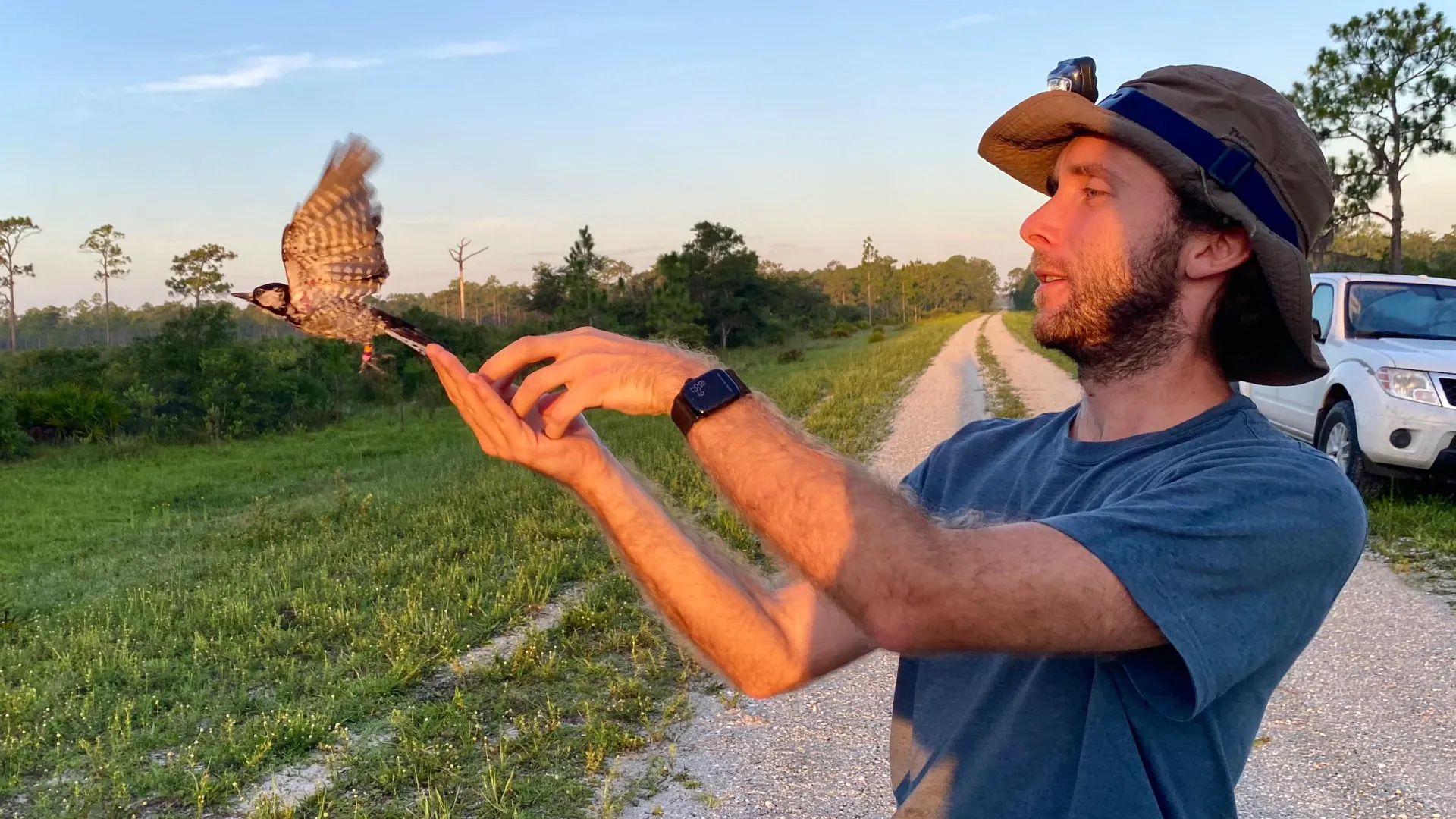Now Reading: From Bombing Range to Wildlife Haven: Woodpeckers Find Safe Territory
-
01
From Bombing Range to Wildlife Haven: Woodpeckers Find Safe Territory
From Bombing Range to Wildlife Haven: Woodpeckers Find Safe Territory

Rapid Summary
- Florida’s Avon Park Air Force range, spanning 106,000 acres, serves as both a military training ground and essential habitat for over 40 endangered species.
- conservation biologists from Michigan State University used decades of monitoring data to study interventions aimed at rescuing imperiled red-cockaded woodpeckers.
- Researchers tested translocation strategies, which involve moving birds from donor populations to isolated groups in the area between 1998 and 2016.
- The results showed long-term success: improved population size, increased genetic diversity, higher survival rates among translocated individuals and their descendants, as well as better reproductive success.
- Approximately 70% of translocated woodpeckers survived after release and contributed to breeding with local populations. Their effects persisted along family lines into the future.
- Pine savannah habitat at Avon Park is only a fraction of its ancient range due to overdevelopment but still offers a well-protected refuge for conservation efforts involving controlled burns alongside individual-level interventions like translocation.
- The study highlights how combining genetic insights with field monitoring enables more effective conservation strategies.Tailored approaches using genomic analysis could optimize management practices further.
Indian Opinion Analysis
India’s own ecological challenges mirror findings presented in this study from Florida’s Avon Park bombing range. With similar patterns of habitat loss due to rapid development threatening species like Bengal tigers or Great indian bustards within the country’s borders, collaborative frameworks between government agencies and researchers may unlock notable benefits for India’s biodiversity management strategy.
The long-term success of red-cockaded woodpecker translocations reinforces principles applicable globally-that precision-oriented methods can reverse population declines when integrated with land protection policies like afforestation or ecosystem restoration initiatives already underway in certain regions of India.
For India-where fragmented habitats rarely offer sufficient space for endemic wildlife-the emphasis on detailed genetic tracking adds an innovative layer that local scientists could adopt. Such tools enable managers to address issues like low genetic diversity found among endangered Indian species.
Key takeaway: deeper scientific collaborations paired with actionable conservation plans focused on preserving shrinking ecosystems will likely play an increasingly vital role if India aims to safeguard its diverse but vulnerable flora and fauna effectively amidst development pressures.
























